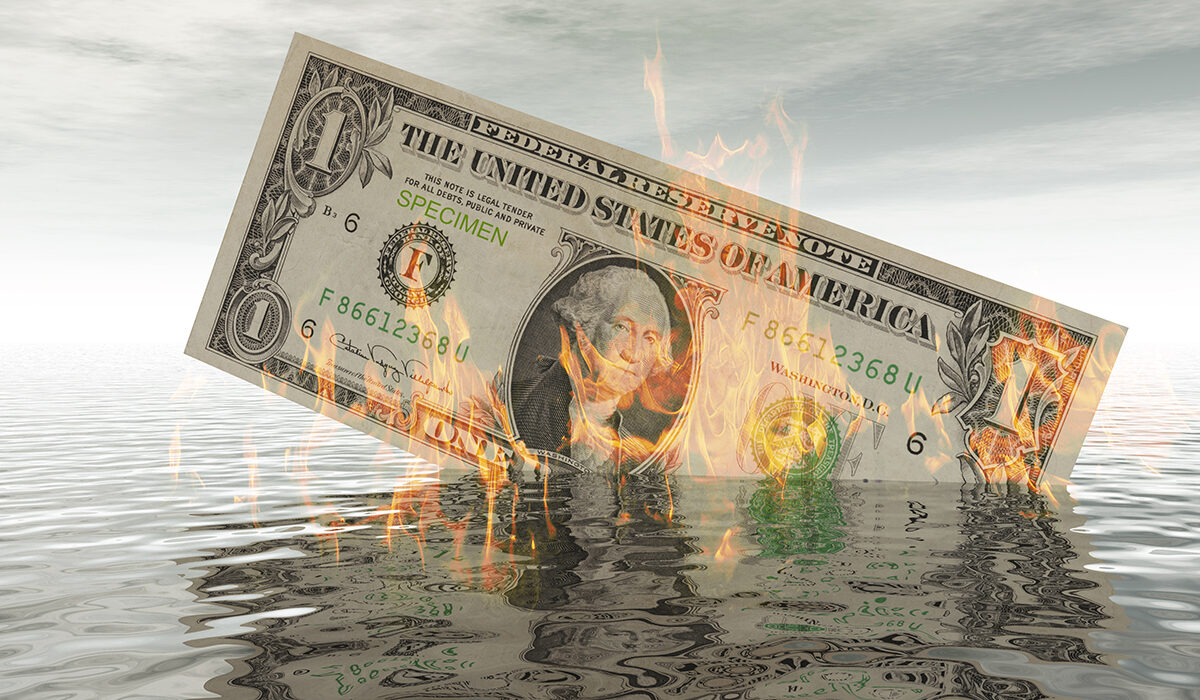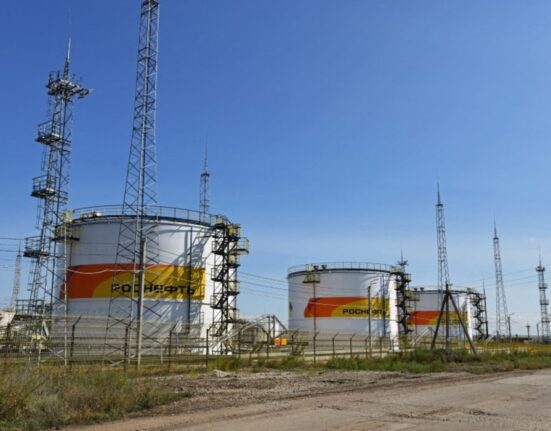Stock market crashes—moments when share prices plunge substantially in a brief period of time—are nothing new in the world of investment. These financial crises, which are frequently side consequences of economic booms, crisis situations, or significant financial shocks, have played a crucial role in redefining investing approaches and regulatory frameworks. Investors can learn important lessons from studying some of the most well-known stock market disasters in history and better prepare themselves for potential future market volatility.
1. The Great Crash of 1929
In 1929, one of the worst stock market crashes ever took place, ushering in the Great Depression. The Wall Street Crash occurred in late October during many days of panic selling, wiping out billions of dollars of wealth after a decade of prosperity and speculative extravagance.
Lesson: The 1929 crash is a classic example of the risks associated with speculative bubbles and the importance of diversification and skepticism about “too-good-to-be-true” investment opportunities. It also underscores the critical role of regulatory oversight in maintaining market stability, leading to the establishment of the Securities and Exchange Commission (SEC) in the United States to regulate the market and prevent fraud.
2. Black Monday (1987)
On October 19, 1987, stock markets all across the world experienced a simultaneous crash. The Dow Jones Industrial Average (DJIA) saw its greatest one-day percentage decrease, a startling decline of 22.6%. Numerous factors, such as program trading, overvaluation, and market psychology, contributed to Black Monday.
Lesson: Black Monday is a lesson in the risks of market interconnectedness in a globalized economy and the impact of technology on trading. It led to the implementation of mechanisms like “circuit breakers” to pause trading and prevent panic-selling. For investors, it highlighted the necessity of understanding the technologies used in markets and reemphasized the importance of long-term investing strategies over short-term gains.
3. The Dot-com Bubble (2000)
The growth of the internet and speculation in tech stocks were the primary drivers of the “dot-com bubble,” a tech-driven stock market boom that occurred in the late 1990s. Early in 2000, the overvalued stock values of tech companies began to plummet as reality set in, sparking a general market decline.
Lesson: The dot-com bubble burst taught investors the dangers of speculation in sectors that they don’t understand and the value of fundamental analysis. Companies with strong foundations, business models, and profitability are more likely to weather market instability. This period also stressed the significance of skepticism toward “the next big thing” that attracts herd behavior in markets.
Overall, Lesson to be Learned
Even terrible and catastrophic stock market disasters can teach us priceless lessons. They emphasize the need of sensible investing techniques, such as diversifying one’s portfolio, comprehending market dynamics, being wary of speculation, and adhering to fundamental analysis. They also emphasize the continuing importance of investor education and flexibility in the face of market change. Investors now might be better prepared to navigate the market’s uncertainty and possibly protect their portfolios from future crashes by studying these past events.












